23 Holy Grail Tips For Taking Care Of Your Classic Car

Owning a classic car is like having a time machine in your garage, except this one demands constant attention and the occasional sacrifice of your weekend plans.
I once spent an entire afternoon chasing down an oil leak on a vintage Mustang, only to realize the fix was something embarrassingly simple.
Keeping a classic car in top shape requires a mix of patience, know-how, and a few tricks passed down by seasoned enthusiasts.
Here are 23 holy grail tips to help keep your beloved ride running like it just rolled off the showroom floor.
1. Store it indoors
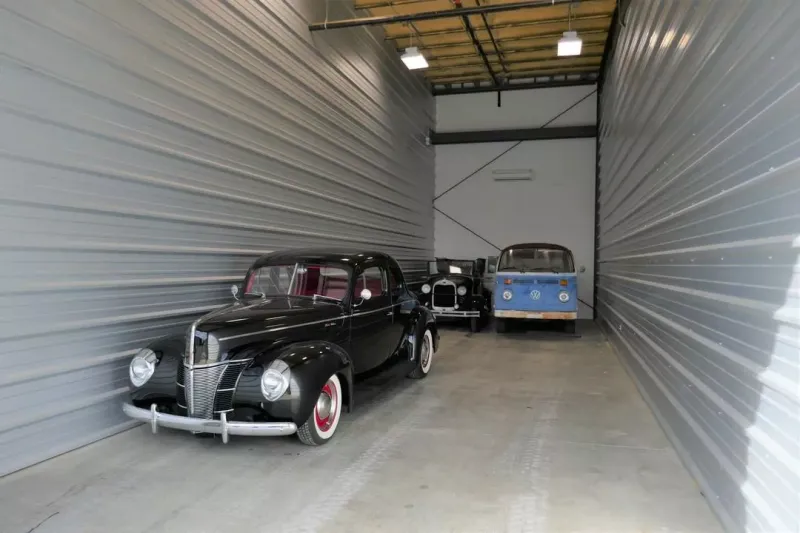
When I first got my classic car, I knew it needed a special place. Storing it indoors protects it from the elements. I once read how rain and sun can wreak havoc on a paint job.
Did you know garages can reduce temperature fluctuations, preventing damage to your car’s body? This is one of those non-negotiable steps in classic car care.
Looking back, I remember a story of a friend whose car suffered because he parked outside. Do you want your treasure fading?
2. Use a breathable car cover
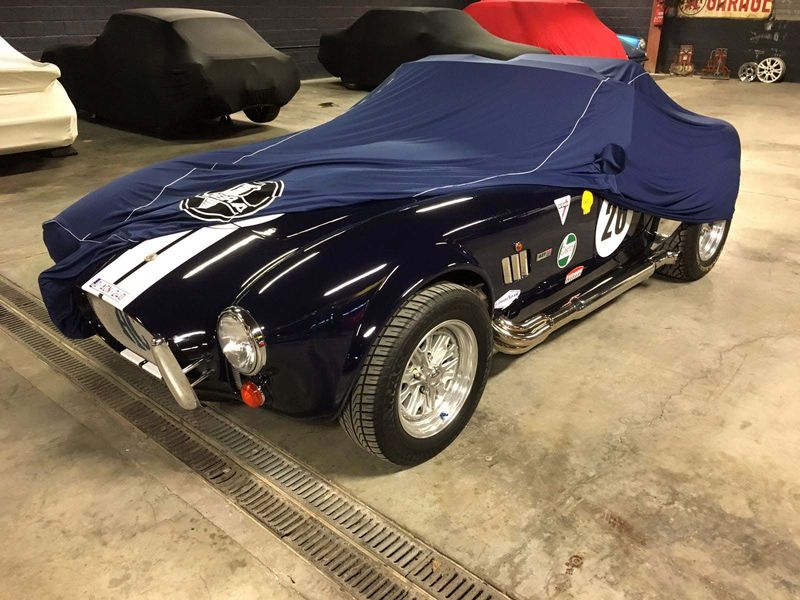
The classic car, like a Jaguar, beneath a breathable cover is akin to a knight in shining armor. This cover protects without suffocating, allowing air to circulate.
It prevents mildew and corrosion while safeguarding the delicate paint. The fabric is like the car’s second skin, fitting snugly yet gently. Imagine a hug that’s firm but caring.
For the car enthusiast, this is a necessary armor against dust and pollutants. A breathable cover goes beyond protection; it preserves the essence of the vehicle.
3. Keep it clean and waxed
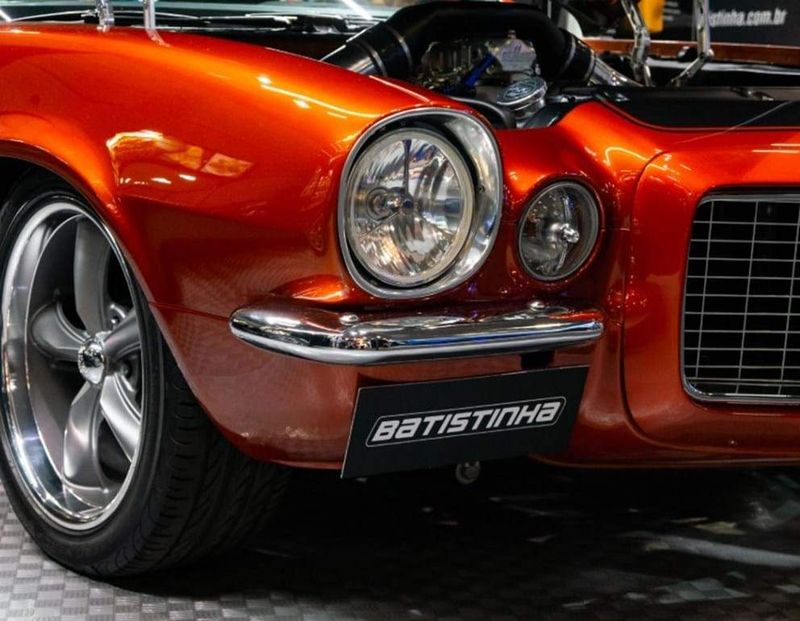
Keeping a classic car clean and waxed is part of its legacy. This isn’t just any vehicle; it’s a piece of history. In cleaning, we honor its past.
I remember when I first waxed my car, it gleamed like new. This routine isn’t merely about appearance; it’s about respect for craftsmanship.
Each wipe of wax is a nod to its era. Can you imagine neglecting such a masterpiece?
4. Change the oil regularly

Regular oil changes are crucial for a classic car’s health. Much like a vintage VW Beetle, they require consistent care.
Unlike newer models, these cars have unique needs, and fresh oil ensures smooth operation. The engine, the heart of the vehicle, relies on this elixir to function properly.
Neglecting this step can lead to serious issues. In the realm of classic cars, it’s akin to neglecting a beloved plant. The care is different, but the attention is always needed.
5. Use fuel stabilizer
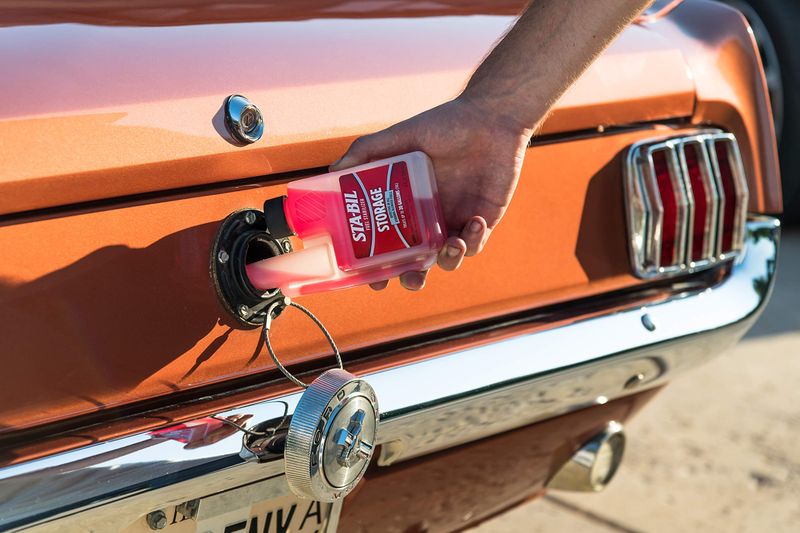
I once discovered the magic of fuel stabilizers on a cold winter day. My car, typically reluctant in the chill, roared to life.
Fuel stabilizers prevent the gas from deteriorating during storage, maintaining the engine’s performance. Did you know that fuel can degrade in just a few weeks?
This is crucial for those who don’t drive their classics daily. It’s a small step with a significant impact. Have you tried it?
6. Start the engine periodically
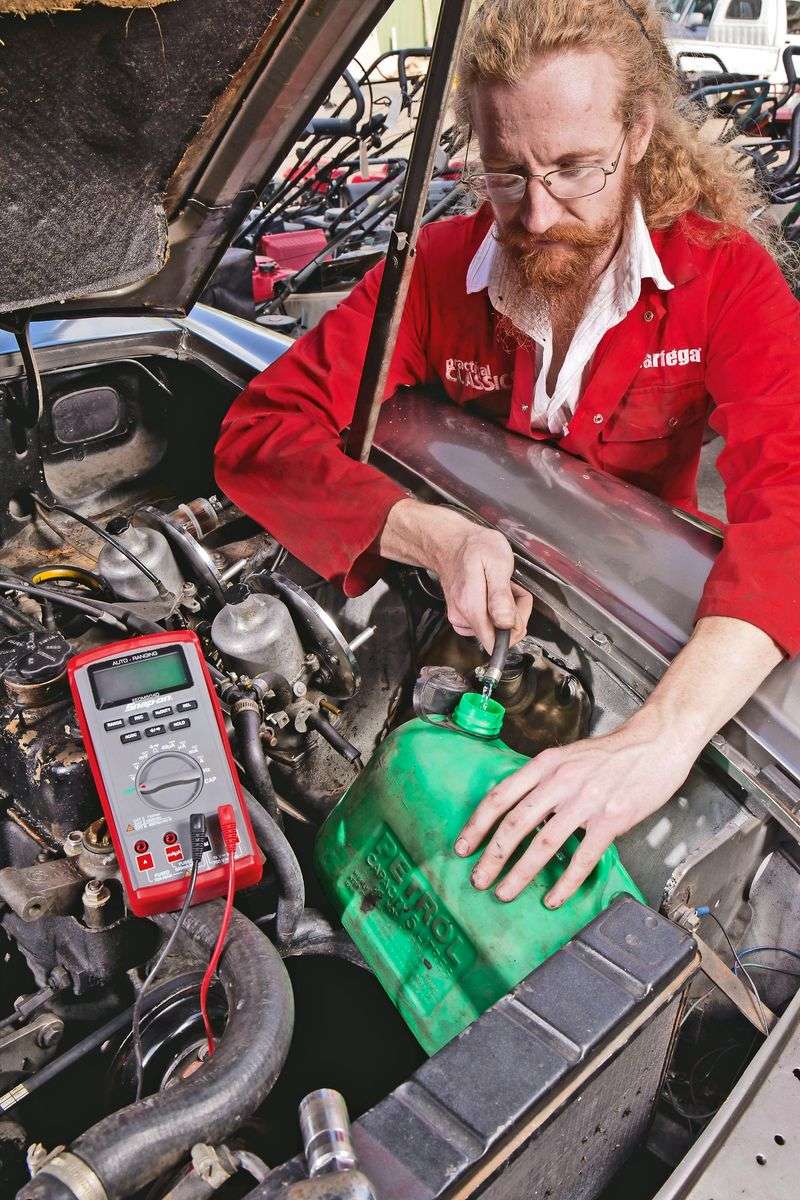
Starting a classic car’s engine is like awakening a dormant beast. It stretches its mechanical limbs, preparing for action. This practice keeps the components lubricated and active.
Letting a car sit idle for too long can lead to stiff joints and battery issues. Like a classic Porsche, it needs to feel alive.
The vibrations remind it of its purpose, ensuring readiness when the open road calls again. This ritual is vital in maintaining its vigor and spirit.
7. Maintain tire pressure
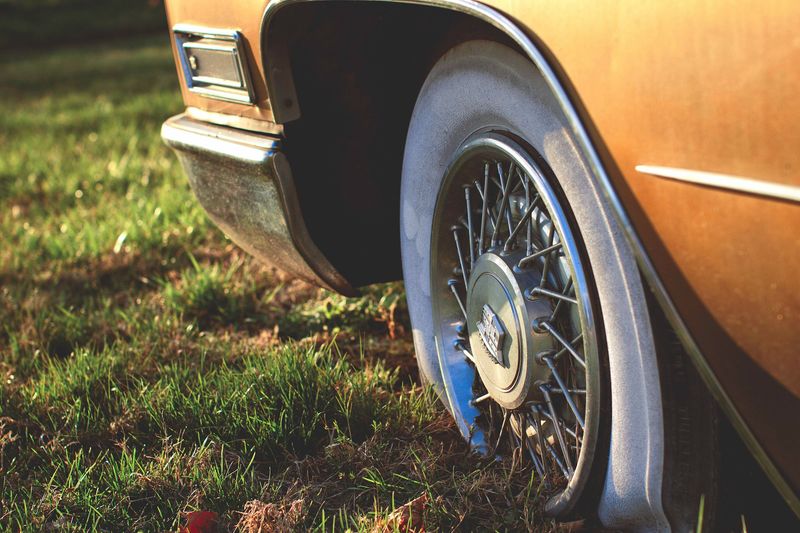
Maintaining tire pressure is part of a car’s legacy. Tires are the connection to the road. Once, I learned this the hard way when my ride felt sluggish.
Proper pressure ensures a smooth drive and longevity of the tires. For a classic car, this isn’t just maintenance; it’s preservation of its journey. Isn’t the road trip part of the charm?
8. Inspect belts and hoses
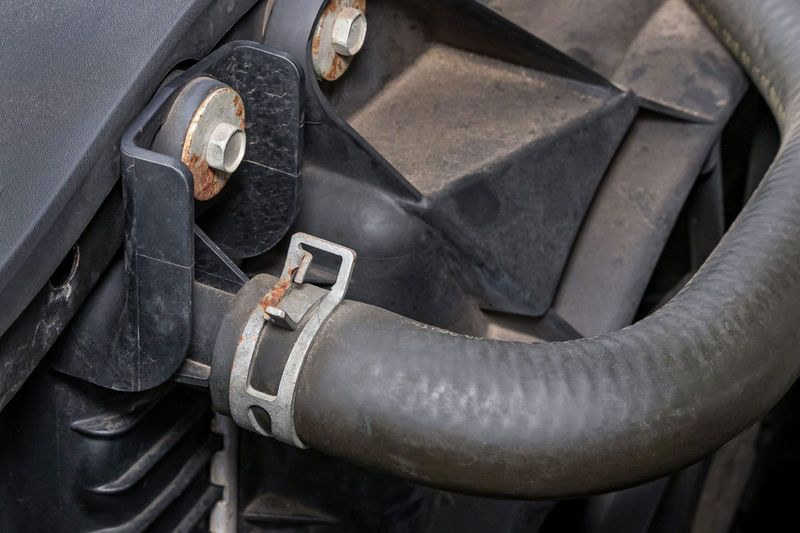
Belts and hoses are the lifelines of a classic car. Much like a Chevy, they need careful examination. These components are susceptible to wear over time, unlike their modern counterparts.
Regular inspection prevents breakdowns and ensures the car stays in top condition. They may not be visible at first glance, but their role is invaluable.
In the world of classic cars, keeping these in check is akin to regular health check-ups, ensuring longevity and performance.
9. Flush coolant system
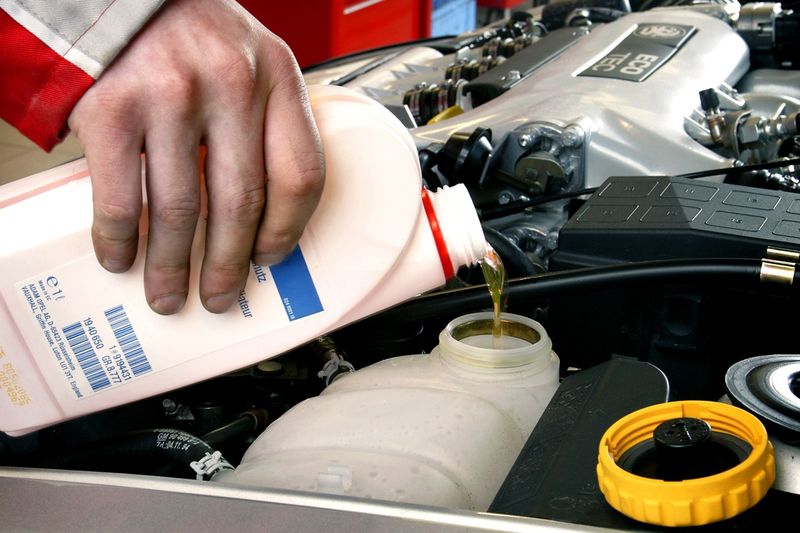
Flushing the coolant system is a ritual I learned from my grandfather. The mixture of water and coolant keeps the engine from overheating. Did you know it also prevents corrosion?
This step ensures the longevity of the engine. Once, I neglected it and faced an overheated engine mid-drive. That was a lesson well learned. Have you checked yours lately?
10. Keep the battery charged
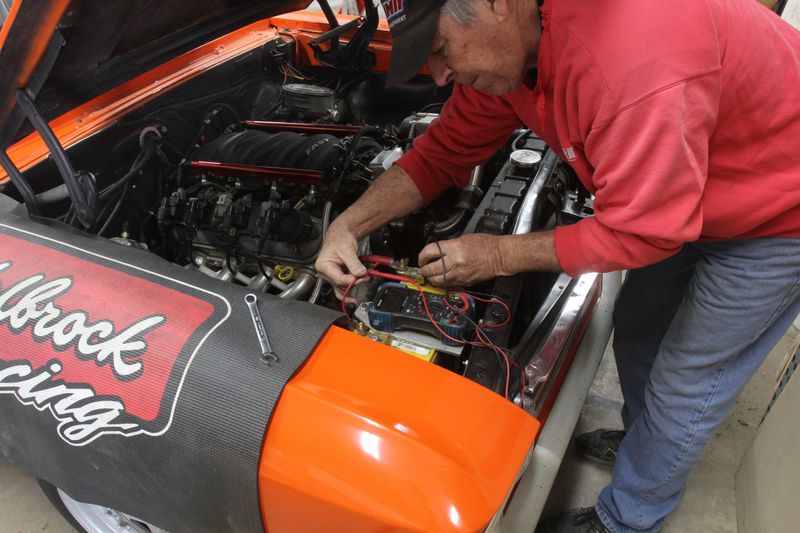
The battery is the heartbeat of a classic car. Keeping it charged ensures reliability. When left unattended, it loses its vigor, like a lion without its roar.
Connecting a trickle charger maintains its life, readying the car for its next adventure.
A charged battery is the assurance of a smooth start, and for enthusiasts, this readiness is everything. Think of it as a lifeline, connecting the car to its past and future.
11. Use correct replacement parts
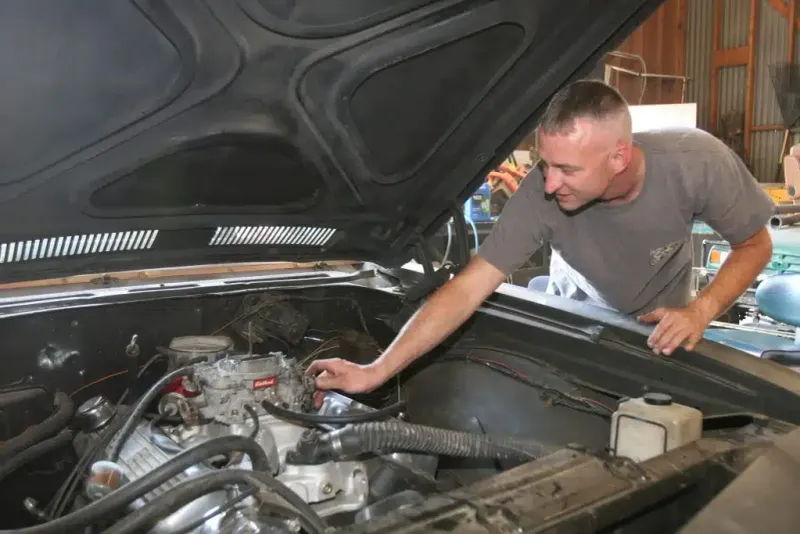
Using the right parts is respecting a car’s lineage. This isn’t any ordinary vehicle; it’s a chapter of history. In my early days of ownership, I learned this hard way with a faulty part.
The wrong piece can disrupt harmony. Authentic replacements maintain its integrity. Why compromise its essence with anything less?
12. Avoid ethanol fuel
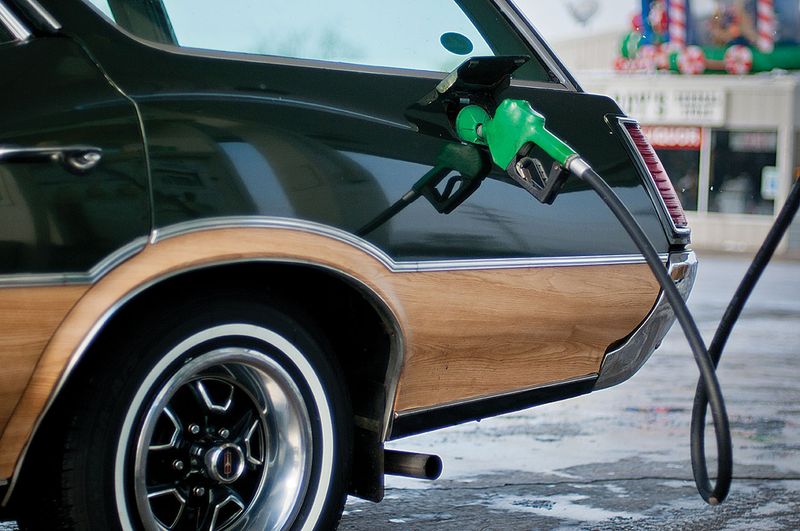
Ethanol fuel can be detrimental to classic cars, much like a sports car that demands premium. Older engines aren’t designed for modern additives, leading to potential damage.
The wrong fuel can corrode parts, resulting in costly repairs. Opting for ethanol-free fuel preserves the engine’s health, akin to feeding the right diet.
For classic car lovers, this conscientious choice safeguards the car’s authenticity and longevity.
13. Protect the undercarriage
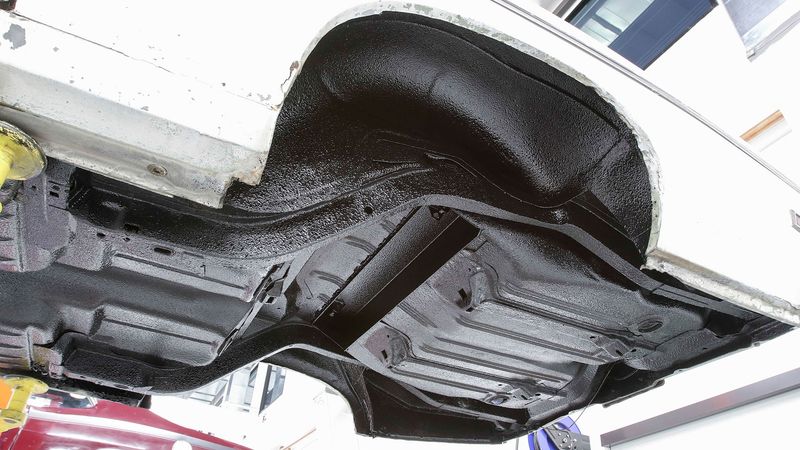
I remember the first time I inspected the undercarriage. It was eye-opening. The undercarriage quietly endures all road conditions. Treating it with protective coatings prevents rust and decay.
Did you know that untreated surfaces are prone to corrosion? A small investment in protection goes a long way. Have you considered this for your classic?
14. Lubricate door and hood hinges
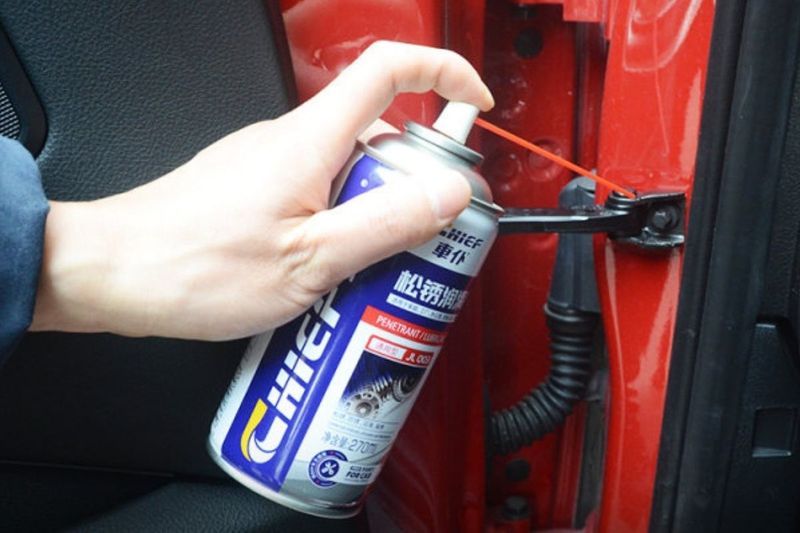
The hinges of a classic car are like its joints. They require regular lubrication to function smoothly. Imagine a British classic with its doors gliding open effortlessly, like a well-rehearsed dance.
This maintenance prevents the dreaded creaks and extends the life of these vital parts. It’s akin to applying balm to weary muscles, ensuring fluidity and grace.
For a classic car, moving parts must echo the elegance of its era, unmarred by time.
15. Check brake fluid

Checking brake fluid is vital to a car’s legacy. Once, my brakes felt spongy, a reminder of its importance. This fluid is crucial for responsive braking, ensuring safety.
For a classic, it’s not just about stopping; it’s about honoring its engineering. Isn’t safety the ultimate tribute?
16. Drive it occasionally

Driving a classic car is akin to a leisurely stroll with an old friend. It keeps the engine and components in harmony. Like a Mercedes, these beauties need to stretch their mechanical muscles.
Regular drives prevent parts from seizing and maintain fluid circulation. For enthusiasts, it’s a dance of nostalgia and mechanics.
Keeping the car active ensures its spirit and performance remain vivid, ready for any journey. Regular outings become a bridge between past elegance and present day celebration.
17. Keep records of maintenance
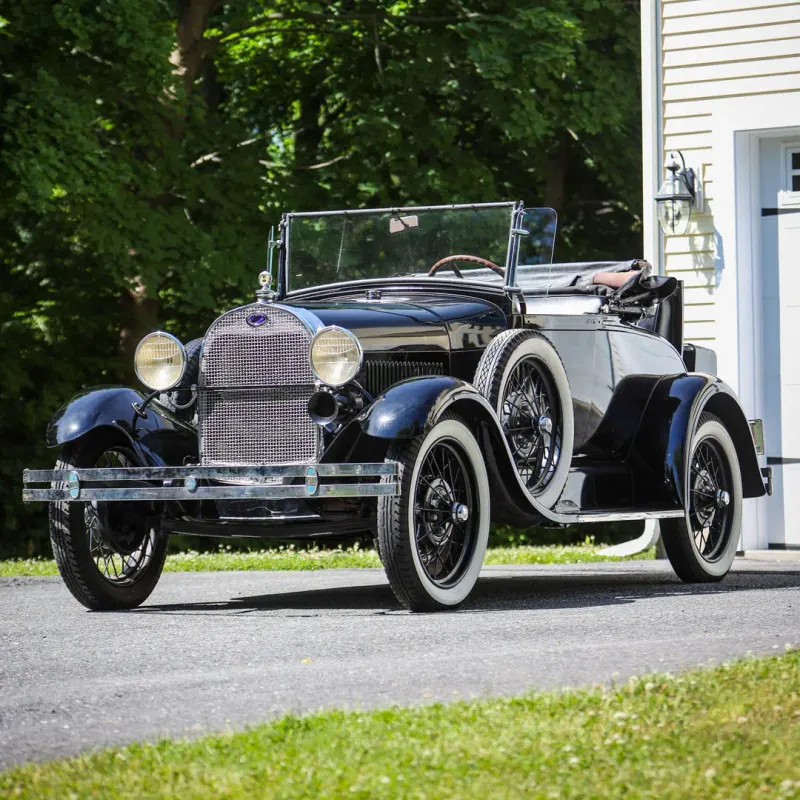
Maintaining records became a habit after an enlightening conversation with a fellow car lover. Each entry is a testament to care and preservation.
Did you know meticulous records can enhance a car’s value? It’s a history book of its journey. Have you started yours?
18. Rotate the tires
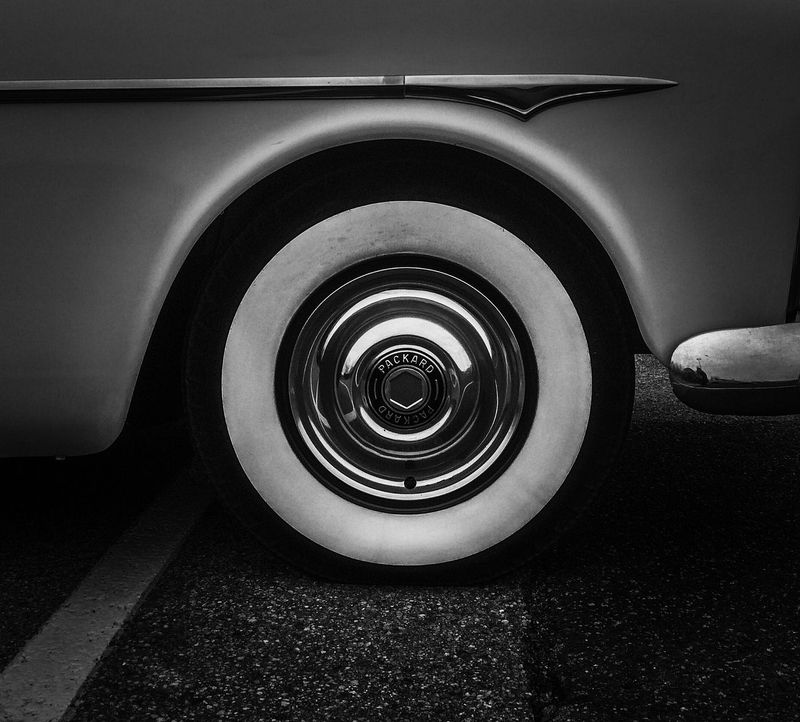
Rotating tires is crucial for even wear, like a symphony in harmony. It ensures longevity and improved handling. A classic car deserves this meticulous care, its tires a vital connection to the road.
Like a conductor ensuring each note is perfect, rotating keeps the car’s dance with the road flawless.
It’s a simple act with profound impact, ensuring the journey remains smooth and enjoyable. For those who cherish the ride, it’s essential maintenance.
19. Use the right transmission fluid

I learned the hard way that maintaining a classic car isn’t just about keeping it clean or covered—it’s about paying attention to the small stuff that can make a big impact.
Using the right transmission fluid respects a car’s legacy. I learned from an old timer the value of this choice.
If the heart of the car is the engine, then the transmission is its backbone. So why do we sometimes treat it like an afterthought?
20. Don’t ignore small issues
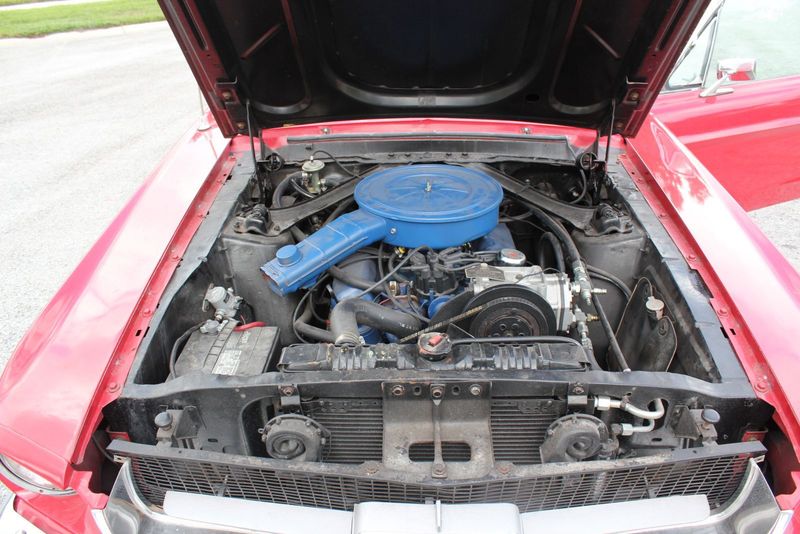
Small issues in a classic car are like whispers of impending problems. Much like a finely tuned Italian machine, they require immediate attention.
Ignoring them leads to costly repairs and potential damage. Regular inspections ensure that these whispers don’t become roars.
For enthusiasts, it’s a practice of vigilance and respect, maintaining the car’s integrity. Early intervention is the key to preserving its allure and functionality, ensuring that every ride is a testament to its storied past.
21. Let it warm up before driving
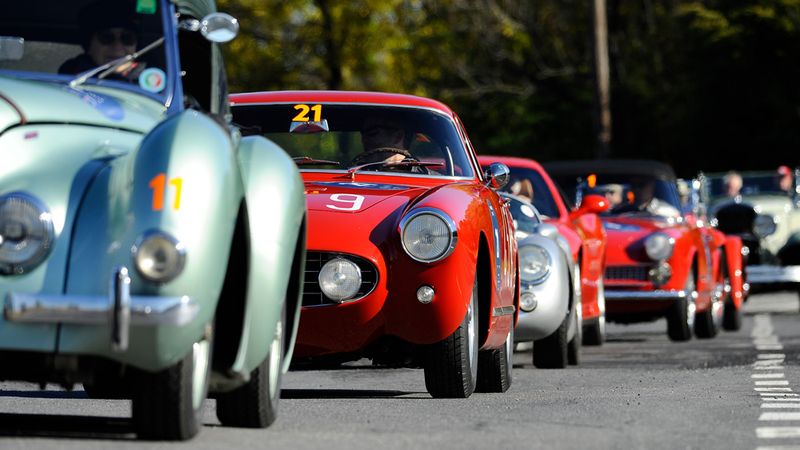
Warming up my classic car is a cherished morning ritual. It’s like waking it gently from slumber.
Did you know this practice reduces engine strain and wear? It’s a moment of connection. Have you tried letting yours wake up slowly?
22. Use sunshades if parked outside
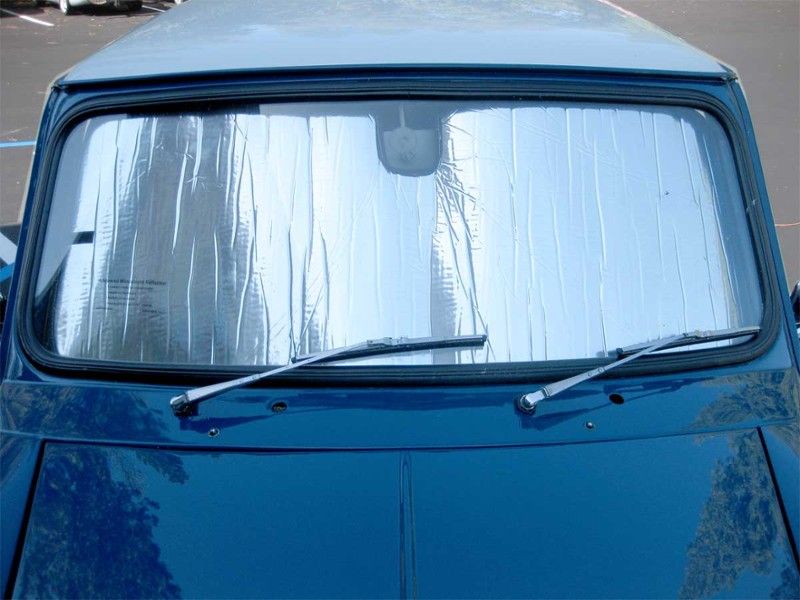
Sunshades act like sunglasses for a classic car, shielding it from harmful rays. The interior can suffer from prolonged sun exposure, leading to fading and cracking.
Like an old convertible, its beauty lies in its details. A sunshade protects these intricacies, preserving the car’s elegance.
For owners who must park outside, this simple accessory is a guardian of the vehicle’s interior charm. It’s like a parasol for the car, ensuring its character remains unblemished by the relentless sun.
23. Check for rust regularly
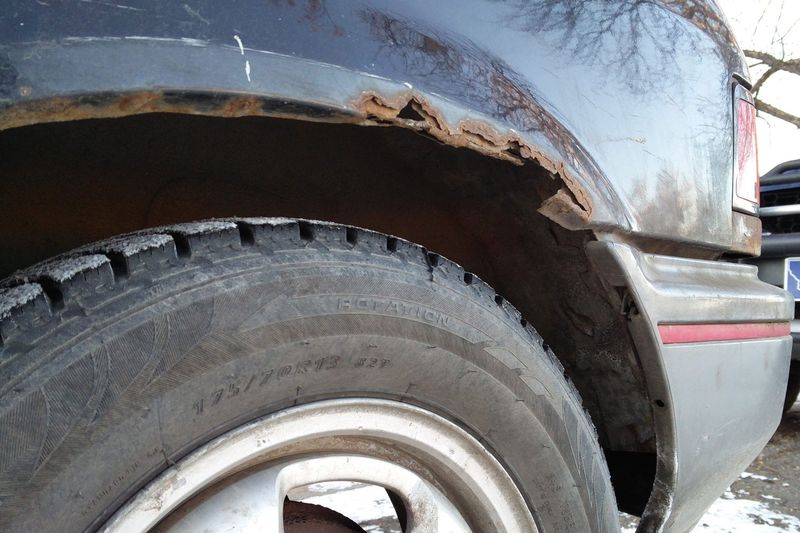
Regular rust checks became my routine after witnessing a fellow enthusiast’s car decay. Rust is a silent enemy, creeping unnoticed.
Did you know it can weaken a car’s structure over time? Regular checks preserve its integrity. Isn’t it worth the effort?
